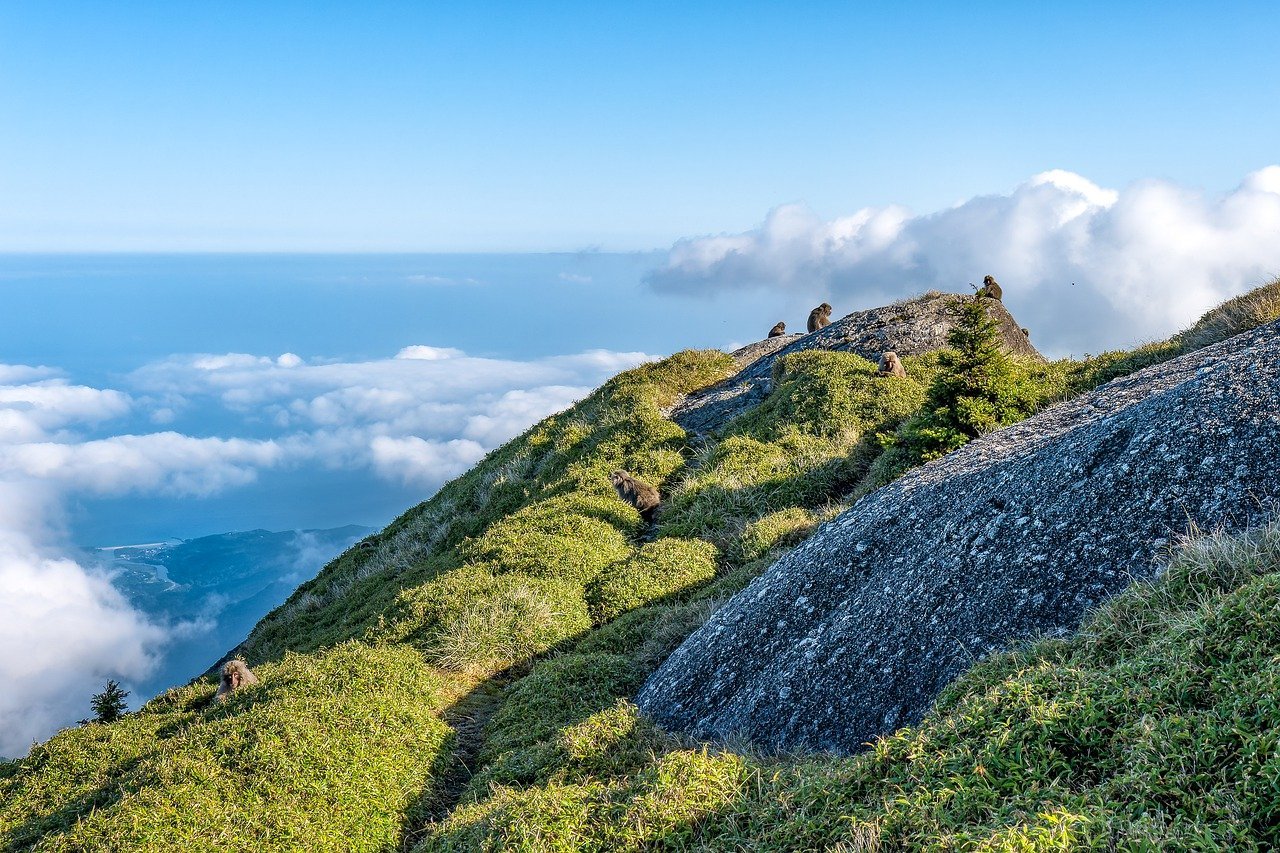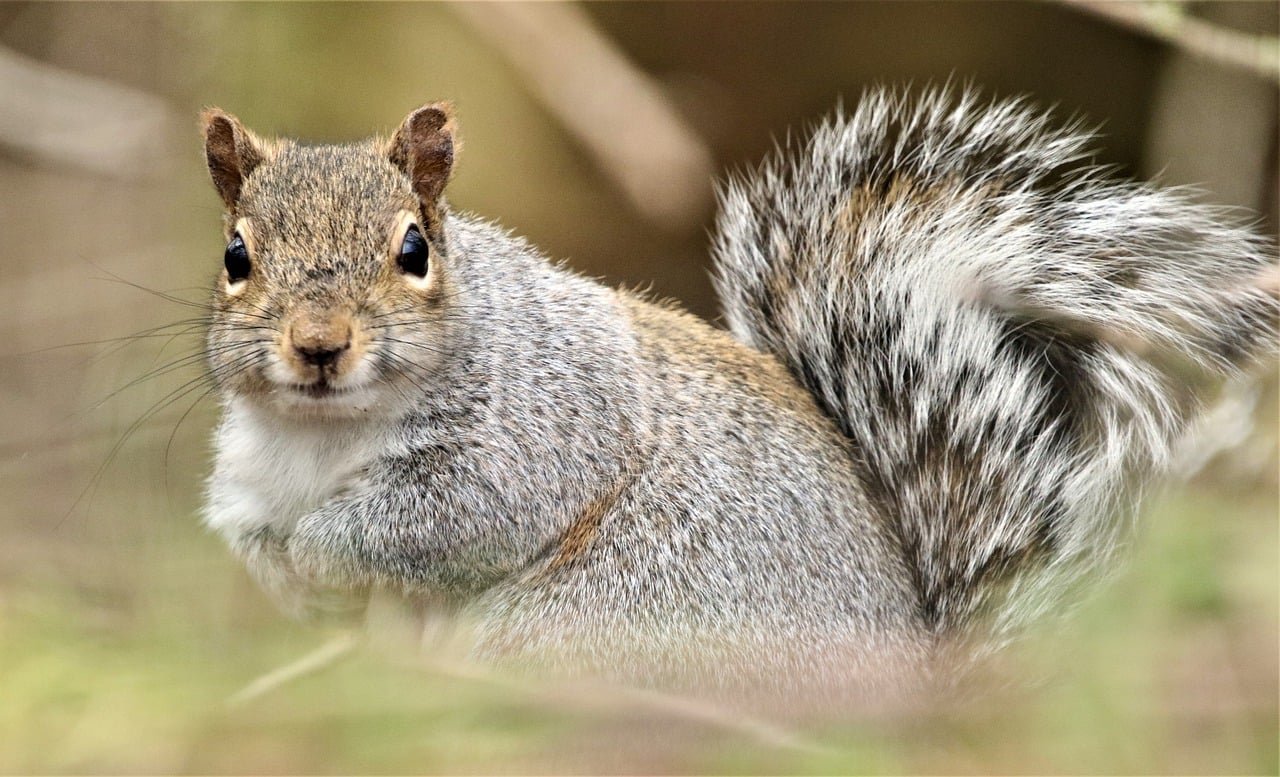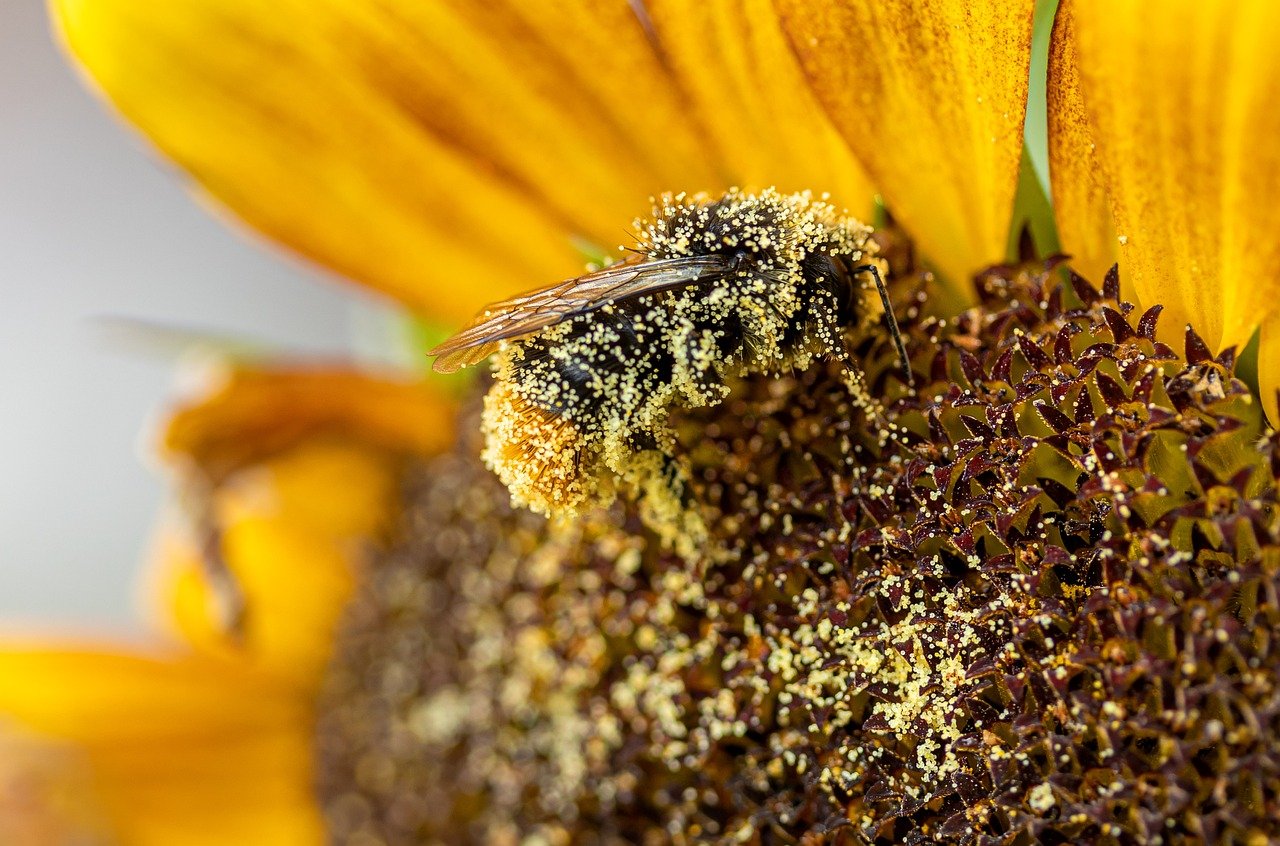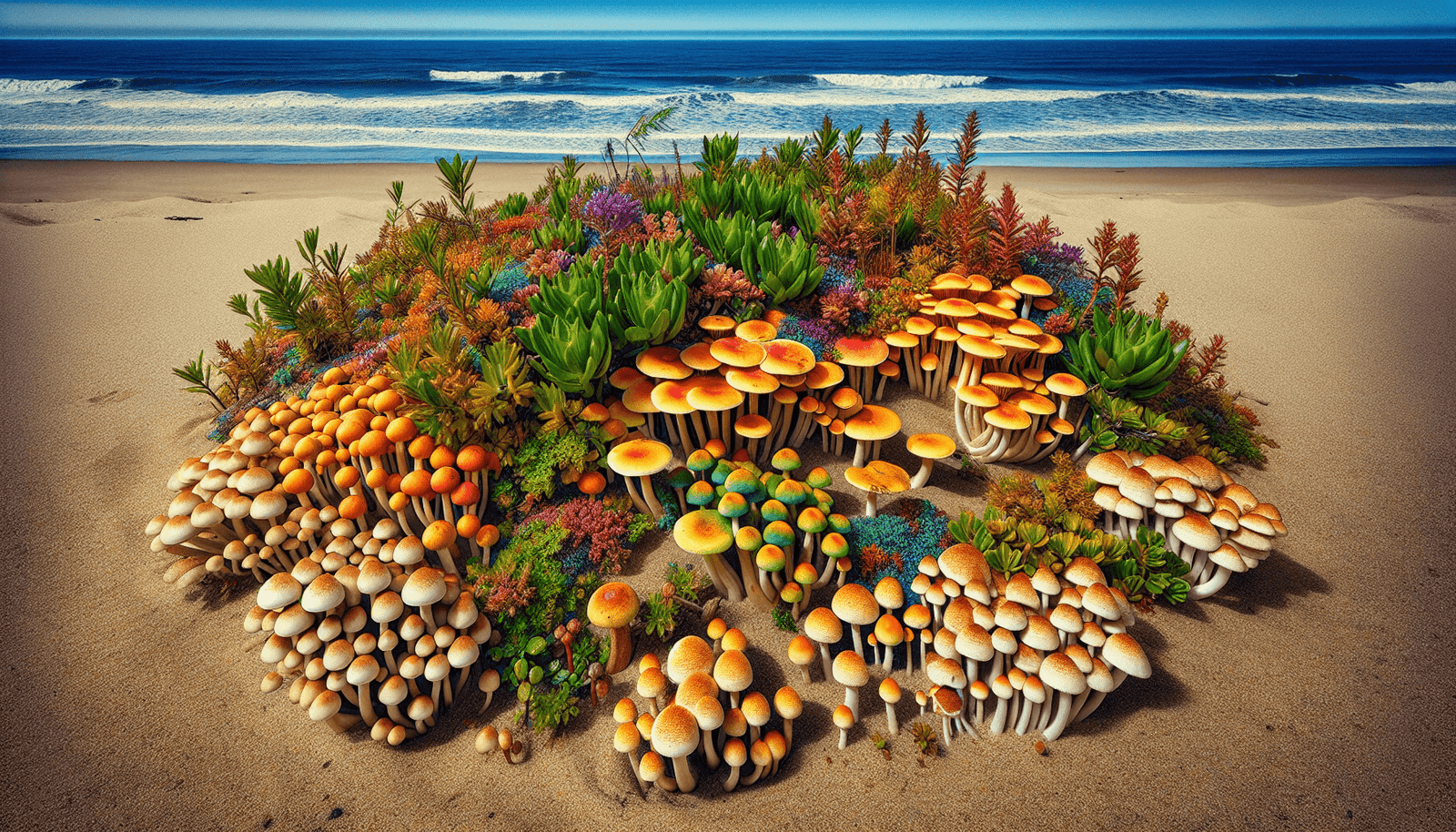Have you ever wondered what kinds of treasures might be hiding along the coastline? For many, a day at the beach involves sandcastles, sunbathing, and splashing in the waves. But for the adventurous and the curious, there’s a whole world of coastal mushrooms just waiting to be discovered.

Introduction to Coastal Mushroom Foraging
Coastal foraging for mushrooms is an exciting and rewarding experience that offers a unique blend of natural beauty and the thrill of discovery. This article will guide you through the basics of foraging along the beach, the types of mushrooms you might encounter, and the best practices to ensure a safe and sustainable harvest.
Regional Spotlights: Where to Forage
Understanding where to forage is crucial for a successful mushroom hunt. Different coastal regions offer diverse ecosystems, each with its own unique mushroom species. Below are some prime foraging locations known for their rich biodiversity.
Pacific Northwest, USA
The damp, misty forests and beaches of the Pacific Northwest are a haven for mushroom foragers. The region’s coniferous forests and mild coastal climate create ideal conditions for a variety of fungi.
- Season: Late summer to early winter
- Common Species: Chanterelles, Matsutake, Oyster mushrooms
- Key Locations: Olympic Peninsula, Oregon Coast
European Coastlines
Europe offers several coastal regions perfect for mushroom hunting, from the Mediterranean to the Atlantic shores.
- Season: Autumn to early winter
- Common Species: Porcini, Black Trumpet, Chanterelles
- Key Locations: Brittany in France, Costa Brava in Spain
Australian Coastlines
Australia’s diverse climates provide a wealth of mushroom species for foragers. Sandy soils and varied flora create a distinct environment for coastal fungi.
- Season: Winter to early spring
- Common Species: Saffron Milk Caps, Slippery Jack
- Key Locations: Southern Australia, East Coast near New South Wales
Safety and Ethics of Foraging
Foraging for mushrooms can be both exciting and dangerous. Proper identification and ethical practices are crucial to ensure the safety of both foragers and the environment.
Mushroom Identification
Accurately identifying mushrooms is essential, as many edible species have toxic lookalikes. Use a combination of field guides, apps, and expert advice to confirm your finds.
- Field Guides: Books like “Mushrooms Demystified” by David Arora
- Apps: iNaturalist, Mushroom Identify
Ethical Foraging Practices
Respect for the environment should be a top priority while foraging. Here are a few guidelines to follow:
- Leave No Trace: Collect mushrooms delicately without disturbing the surrounding habitat.
- Sustainable Harvesting: Only take what you need and leave mature mushrooms to sporulate.
- Respect Legal Considerations: Ensure you have permission to forage in specific areas and adhere to local regulations.
Foraging Techniques and Tools
Equipping yourself with the right techniques and tools can turn an ordinary outing into a successful foraging expedition.
Tools for the Trade
Having the right tools can make your foraging experience more productive and enjoyable.
| Tool | Purpose |
|---|---|
| Basket or Mesh Bag | Allows air to circulate, keeping mushrooms fresh |
| Knife | Used to cut mushrooms at the base without pulling up mycelium |
| Field Guide/Smartphone | Helps with identification and logging finds |
| Gloves | Protects your hands, especially useful when handling unknown varieties |
Techniques for Successful Foraging
With a blend of skill and patience, foraging can become an art. Here are a few techniques:
- Observation: Slow down and look for signs of mushrooms, such as certain types of decomposing wood or plant life.
- Seasonal Awareness: Know the optimal times of year when specific mushrooms are likely to be in season.
- Environmental Indicators: Familiarize yourself with the types of trees, plants, and topography that typically host particular mushroom species.

Culinary and Medicinal Uses
The allure of coastal mushrooms extends beyond the thrill of the hunt. Many of these fungi can be culinary delights or have notable medicinal properties.
Culinary Delights
Coastal mushrooms can enrich your kitchen, offering unique flavors and nutritional benefits.
- Chanterelles: Known for their delicate and slightly peppery taste, perfect in sautés and soups.
- Oyster Mushrooms: Mild in flavor, they work well in a variety of dishes, particularly stir-fries.
- Porcini: Valued for their rich, nutty flavor, excellent in risottos and pasta dishes.
Medicinal Properties
Certain coastal mushrooms have been recognized for their medicinal benefits, used in traditional remedies for centuries.
- Reishi Mushrooms: Often found along decaying wood in coastal forests, known for their immune-boosting properties.
- Turkey Tail Mushrooms: Recognized for their potential to support the immune system and gut health.
Community and Culture
Foraging for coastal mushrooms isn’t just an individual activity; it’s a communal tradition that brings people together.
Festivals and Workshops
Many regions host annual events celebrating mushroom foraging, where enthusiasts can learn, share, and enjoy their finds.
- Mushroom Festivals: Events like the Telluride Mushroom Festival in Colorado offer workshops, guided forages, and cooking demonstrations.
- Workshops: Local mycology groups often organize educational events to teach proper foraging techniques and mushroom identification.
Foraging Groups and Communities
Joining a foraging group can enhance your experience, providing a supportive network to share knowledge and experiences.
- Foraging Clubs: Clubs like the North American Mycological Association (NAMA) often have local chapters.
- Online Communities: Websites and social media groups offer platforms for sharing discoveries and tips, connecting with fellow enthusiasts worldwide.

Conservation and Sustainability
The ecological role of mushrooms is vital, and conscientious foraging is essential for preserving these delicate ecosystems.
Importance of Conservation
Mushrooms play a critical role in ecosystems as decomposers and symbionts, contributing to nutrient cycles and supporting plant growth.
- Ecosystem Services: They break down organic matter, releasing nutrients back into the soil.
- Biodiversity: Fungi support a wide range of plant and animal life, enhancing overall biodiversity.
Sustainable Foraging Practices
Adopting sustainable practices ensures that future generations can enjoy the same abundance of wild mushrooms.
- Educate Others: Share knowledge about sustainable foraging practices within your community.
- Support Conservation Efforts: Engage with or donate to organizations committed to preserving natural habitats.
- Responsible Foraging: Adhere to guidelines such as not overharvesting and avoiding endangered areas.
Engaging Narratives and Personal Stories
Hearing from those who have deep connections to the practice of mushroom foraging can be both inspiring and informative.
Stories from Seasoned Foragers
Experienced foragers can provide invaluable insights and tips gleaned from years of coastal exploration.
- Jane Doe, Pacific Northwest Forager: Jane has been foraging the Oregon coast for over 20 years, with personal anecdotes about her favorite finds and tips for beginners.
- John Smith, European Mycologist: John shares his experiences foraging along the Mediterranean coastline, highlighting the cultural significance of certain species.
Local Expert Advice
Local experts can offer tailored advice for foraging in specific regions, providing insights that might not be found in books or apps.
- Mary Johnson, Local Guide: Mary guides foraging tours in Southern Australia, offering her expertise on the best spots and local history of mushroom use.
- Carlos Martinez, Environmental Scientist: Carlos discusses the importance of sustainable practices while foraging along the beaches of Costa Brava.

Conclusion
Beach foraging for mushrooms can offer a magical blend of exploration, discovery, and connection to nature. By understanding where to forage, practicing ethical and safe methods, and appreciating the culinary and medicinal benefits of your finds, you can foster a deeper connection to the coastal environments and the rich biodiversity they support.
Whether you’re a seasoned forager or just beginning your journey, the excitement and joy of discovering coastal mushrooms is a timeless adventure. Remember to respect the environment, harvest responsibly, and immerse yourself in the natural wonders that our coastal areas have to offer. Happy foraging!
